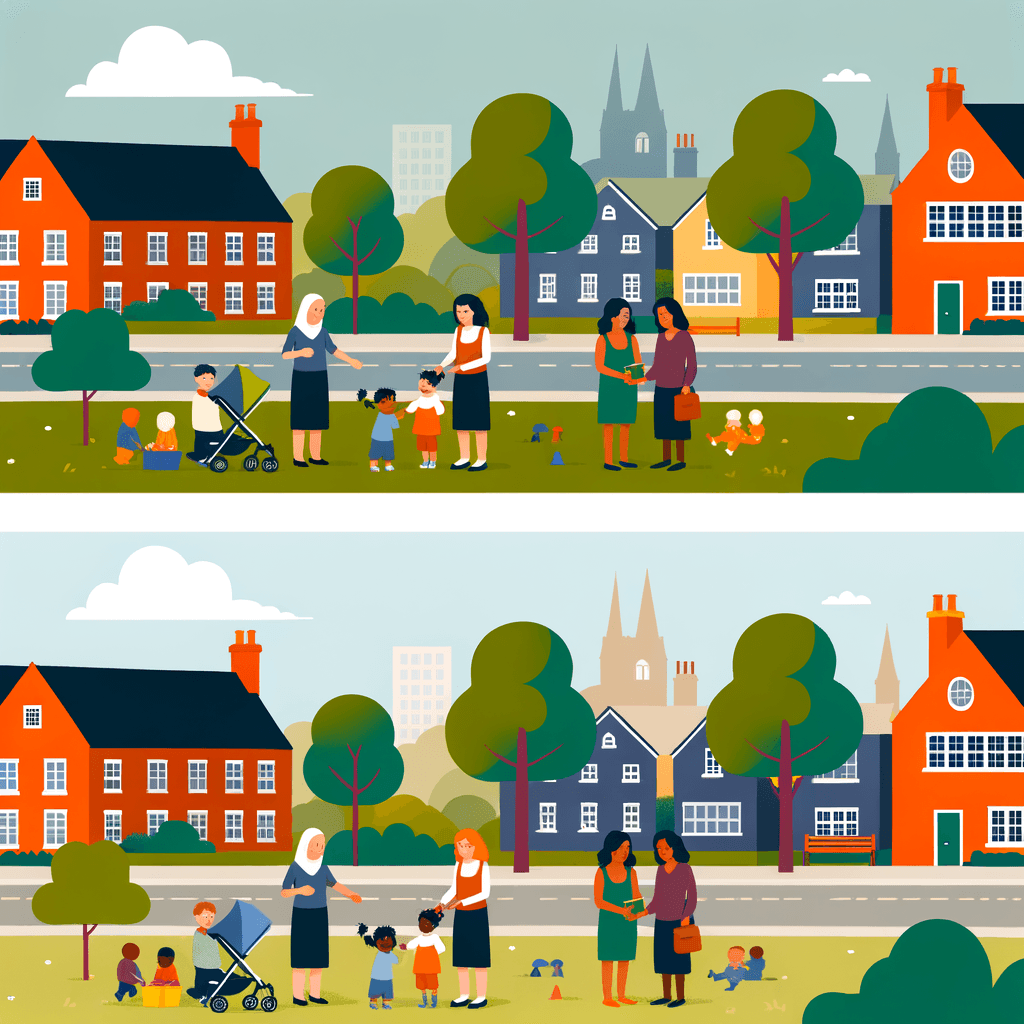Nursery School vs Private Nursery: Understanding the Key Differences for UK Parents
Explore the crucial differences between nursery schools and private nurseries in the UK. Learn about costs, curriculum, and Ofsted ratings to make an informed decision for your child's early education.
Sophie Dubois
Nursery Manager (BA Early Childhood)

Nursery School vs Private Nursery: Understanding the Key Differences for UK Parents
Navigating the world of early years education can be daunting for UK parents. With a myriad of choices, understanding the difference between nursery schools and private nurseries is crucial in making an informed decision for your child's future. In this post, we'll explore the key differences, covering everything from costs to Ofsted ratings, and provide you with practical tips to help you choose the best option for your family.
Understanding Nursery Schools and Private Nurseries
What is a Nursery School?
Nursery schools are often state-funded and attached to a primary school. They tend to follow the Early Years Foundation Stage (EYFS) curriculum, offering a structured environment that focuses on play-based learning.
Key Features of Nursery Schools:
- Funding: Primarily funded by the government, reducing costs for parents.
- Curriculum: Follows the EYFS, preparing children for primary school.
- Schedule: Typically operates during school term times.
- Age Group: Usually caters to children aged 3-5.
What is a Private Nursery?
Private nurseries are independently operated and can offer more flexibility in terms of hours and curriculum. They might have longer opening hours and can cater to children from a younger age.
Key Features of Private Nurseries:
- Funding: Privately funded, meaning higher costs for parents.
- Curriculum: Can be more varied, sometimes offering additional programs like language or music.
- Schedule: Often open year-round with longer daily hours.
- Age Group: Can accommodate children from as young as 6 weeks up to 5 years.
Comparing Costs: Nursery Schools vs Private Nurseries
One of the primary concerns for parents is the cost of childcare. Here’s how nursery schools and private nurseries compare:
Nursery School Costs
- Government Funding: In England, children aged 3 and 4 can benefit from 15 hours of free childcare per week, increasing to 30 hours for eligible working parents. This significantly reduces costs.
- Additional Expenses: Costs may include meals or extra-curricular activities not covered by funding.
Private Nursery Costs
- Fees: Private nurseries can be expensive, with average costs in 2024 ranging from £1,000 to £1,500 per month in London, and slightly less in other regions.
- Tax-Free Childcare: Eligible parents can use the Tax-Free Childcare scheme, which offers up to £2,000 per child per year to help cover costs.
Pro Tip: Use the Childcare Choices website to compare available government schemes and see what savings you might be eligible for.
Ofsted Ratings and Quality Standards
Understanding Ofsted Ratings
Both nursery schools and private nurseries are inspected by Ofsted, which provides ratings from "Outstanding" to "Inadequate". These ratings can be a helpful indicator of quality.
- How to Use Ofsted Ratings: Visit the Ofsted website to check the latest inspection reports for nurseries you're considering.
- Interpreting Ratings: An "Outstanding" or "Good" rating is a positive sign, but also consider visiting the nursery to see if it feels right for your child.
Practical Steps for Choosing the Right Nursery
Step 1: Identify Your Needs
- Location and Convenience: Consider proximity to home or work, especially if you need to manage school runs alongside work commitments.
- Schedule Flexibility: Determine your required hours of care, including early starts or late finishes.
Step 2: Visit and Compare Nurseries
- Arrange Visits: Schedule visits to both nursery schools and private nurseries. Observe the environment, interactions between staff and children, and the facilities.
- Ask Questions: Inquire about staff qualifications, child-to-staff ratios, and daily routines.
Step 3: Calculate Costs
- Budgeting: Factor in childcare costs and explore government support options. Use online calculators to estimate your childcare expenses.
- Apply for Funding: Ensure you apply for any eligible government funding, such as the 15/30 hours of free childcare or the Tax-Free Childcare scheme.
Step 4: Make Your Decision
- Trust Your Instincts: Choose a setting that feels right for your child and meets your family's needs.
- Consider Feedback: Talk to other parents about their experiences and seek recommendations.
Regional Variations
London vs Other Areas
- Cost Differences: Childcare in London is often more expensive than in other regions. Consider this when planning your budget.
- Availability: Urban areas may offer more choices but also have longer waiting lists.
Rural vs Urban Considerations
- Access to Nurseries: Rural areas might have fewer options, potentially requiring longer commutes.
- Community Feel: Smaller communities often foster a close-knit environment, which can be beneficial for young children.
Conclusion: Next Steps for UK Parents
Making the right choice between a nursery school and a private nursery involves weighing various factors, from costs and convenience to quality standards. By following the steps outlined above, you can make an informed decision that aligns with your family's needs.
Actionable Next Steps:
- Research: Use online tools and resources to gather information about local nurseries.
- Apply Early: Secure your child's place by applying well in advance, especially for popular settings.
- Stay Informed: Keep up-to-date with government schemes and funding opportunities to maximize savings.
By understanding the differences between nursery schools and private nurseries, you'll be better equipped to choose the best early education path for your child, ensuring a positive start to their learning journey.